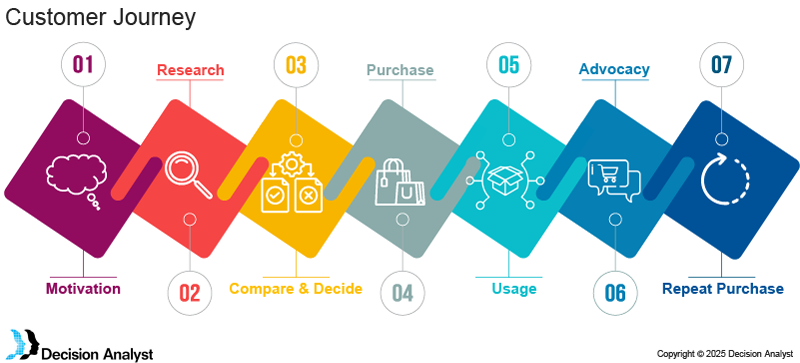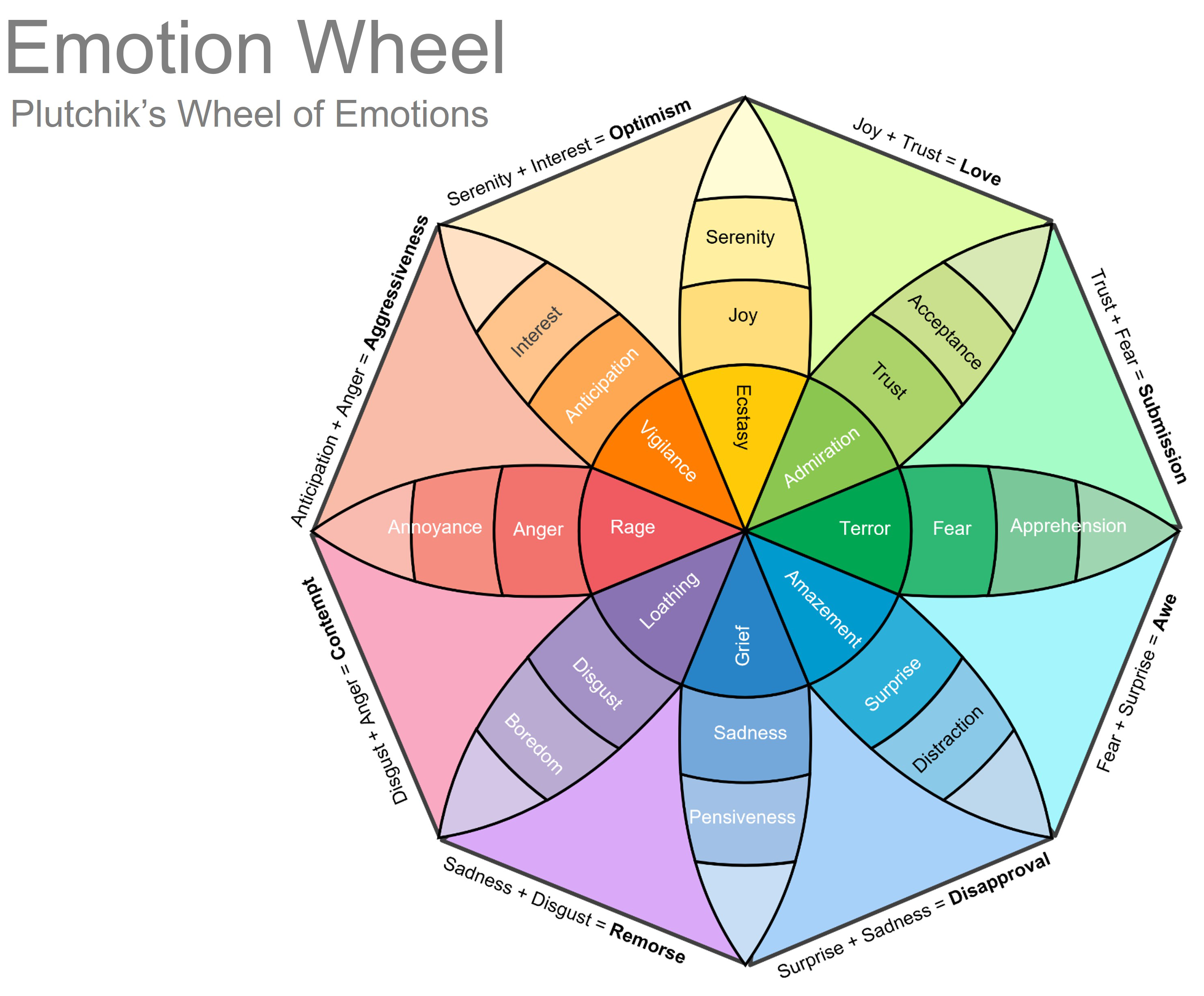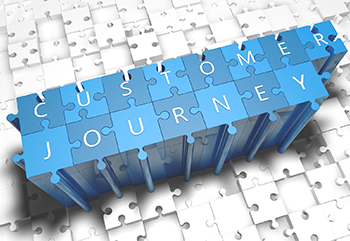Customer Journey & Path To Purchase
Customer Journey and Path To Purchase terminology is frequently utilized interchangeably. However, the Path To Purchase is the front end of the complete Customer Journey. Customer Journey is understanding and mapping the entire customer experience from the time they become aware of a brand, product, or service, through the evaluation phase, to purchase. It goes beyond a single transaction to include all interactions including post-purchase word-of-mouth and even advocacy.
Path To Purchase is a subset of the entire Customer Journey. It represents the time from need recognition, research, comparison and decision, as well as purchase. Path To Purchase research tends to focus much more on awareness, driving trial, and barriers to trial or purchase.
Depending on the brand, product, or service, one section of the Customer Journey could be much more important than the other. However, depending on the business model, both sections of the Customer Journey are ultimately important to acquire new customers and retain them (repeat customers).
B2B & B2C
While often associated with B2C (business-to-consumer) companies, Customer Journey and Path To Purchase can also be highly valuable for B2B (business-to-business) organizations. The core idea is to move beyond simply knowing what customers buy and instead uncover why, how, when, and where they make their purchasing decisions. This understanding appliesacross all retail and wholesale channels, including physical stores, online platforms (websites and apps), and omnichannel experiences that blend these approaches.
Mapping the Journey
Sometimes retailers or brands want to map the Customer Journey for each of their segments or key groups of customers. The journey is typically nuanced and segmented in some way, but includes the following:
- Mapping Touchpoints: This is a crucial process where every interaction point between the customer and the brand is identified. These "touchpoints" might include:
- Online: Website visits, social media interactions, customer service help centers, emails, ads, app usage, reviews.
- Physical & Personal: Store visits, phone calls to customer service, physical mail, word-of-mouth recommendations.
- Mapping The Journey: Along the journey, many steps happen—each one playing an important role toward creating a satisfied, high-value customer.
- Awareness: The customer first becomes aware of a need or a potential solution.
- Consideration: The customer researches options and compares different brands/products.
- Purchase/Decision: The customer makes a buying decision.
- Retention/Usage: The customer uses the product/service and potentially interacts with customer support.
- Loyalty/Advocacy: The customer becomes a repeat buyer and may recommend the brand to others (or the opposite and warn others not to buy the brand).
- Analyzing Emotions and Pain Points: At each touchpoint, it is critical to analyze and report on the emotions. This includes identifying moments of frustration, confusion, delight, or satisfaction. These are often referred to as "moments of truth."
- Gathering Data: Research uses both qualitative and quantitative data:
- Qualitative: Customer interviews, focus groups, feedback surveys, social media monitoring, recorded call center conversations, employee insights.
- Quantitative: Website analytics (traffic, page paths, conversion rates), purchase data, customer demographics, email engagement metrics.
- Visualizing the Journey (Customer Journey Map): The culmination of the research is often a "customer journey map," a visual representation (like a diagram or infographic) that illustrates the customer's steps, actions, emotions, and pain points at each stage and touchpoint.
Example Customer Journey


Emotion Wheel
Topics covered in each phase of a path-to-purchase include:
- Goals & expectations
- Steps taken to achieve goals
- Helpful tools/support
- Barriers encountered
- Unmet needs
- Trends/changes
- Emotions
Why Customer Journey and Path To Purchase Research?
- Improved Customer Experience (CX): By understanding pain points and areas of friction, businesses can identify opportunities to streamline processes, improve service, and create more seamless and satisfying experiences.
- Enhanced Customer Satisfaction and Loyalty: Addressing customer needs and frustrations leads to happier customers, increasing their lifetime value (add this and delete the rest?).
- Optimized Marketing and Sales Strategies: Insights from the journey map help tailor marketing messages, target specific customer segments more effectively, and improve conversion rates at various stages.
- Gap and Opportunity Identification: It reveals where customers might be dropping off, encountering issues, or where new products/services could address unmet needs.
- Increased Efficiency and Reduced Costs: By optimizing processes and reducing friction, businesses can improve operational efficiency and potentially lower customer service costs.
- Better Internal Alignment and Collaboration: A customer journey map provides a shared understanding of the customer across different departments (marketing, sales, customer service, product development), breaking down silos and fostering a more customer-centric culture.
- Competitive Advantage: In today's market, customer experience is a key differentiator. Businesses that deeply understand and optimize their customer journey gain a significant competitive edge.
- Data-Driven Decision Making: It moves businesses away from assumptions and provides concrete data to back up strategic decisions related to product development, service improvements, and marketing investments.
Our Leadership Team
Why Decision Analyst?
In essence, customer journey research helps businesses step into their customers' shoes, empathize with their experiences, and proactively design and deliver exceptional interactions at every stage.
If you have questions you would like to discuss, or if you would like a proposal and cost estimate, please contact Bonnie Janzen, President, via email (bjanzen@decisionanalyst.com) or call 817-640-6166.






